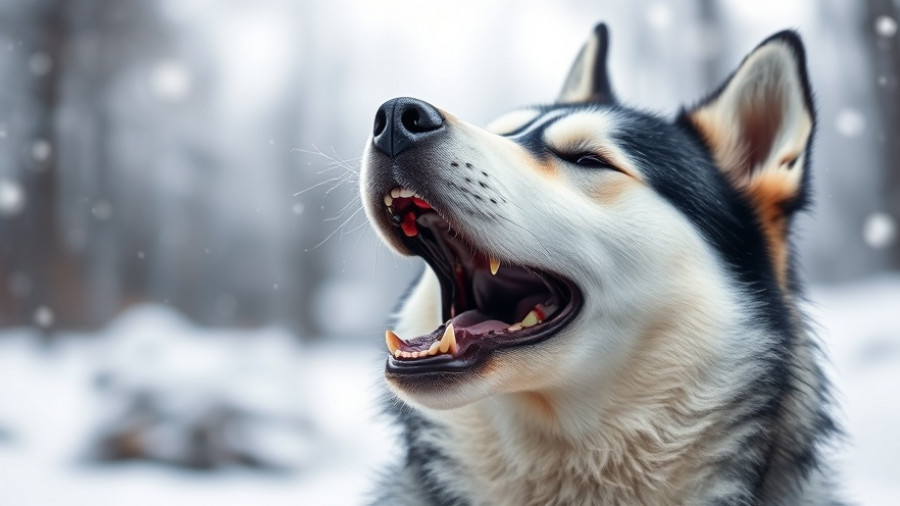Cats are masters at hiding discomfort, which means that dental issues often go unnoticed until they become severe. Signs of dental problems in cats can range from subtle changes in behavior to more obvious symptoms like bad breath or difficulty eating. Since dental health is essential for a cat’s overall well-being, early detection and proper care are crucial. In this article, we will explore the common signs of feline dental problems, their potential causes, and how you can help maintain your cat’s oral health.
Why Dental Health Matters for Cats
Dental disease is one of the most common health issues in cats, with studies estimating that over 50% of cats over the age of three suffer from some form of periodontal disease. Poor dental health can lead to pain, infection, tooth loss, and even systemic health problems affecting the heart, kidneys, and liver. Being aware of the signs of dental problems in cats can help prevent these serious complications.
Common Signs of Dental Problems in Cats
1. Bad Breath (Halitosis)
If your cat’s breath smells unusually foul, it could indicate dental disease. While some mild odor is normal, a strong, persistent smell may suggest bacterial buildup, gum infections, or tooth decay.
2. Difficulty Eating or Dropping Food
Cats experiencing dental pain may struggle to eat their usual food. You might notice your cat chewing on one side of their mouth, dropping food, or even refusing to eat dry kibble altogether. Some cats may also show a preference for softer foods due to discomfort.
3. Excessive Drooling (Ptyalism)
While occasional drooling is normal, excessive drooling or saliva that appears thick and sticky could be a sign of oral pain or inflammation. If you notice your cat drooling more than usual, it’s worth checking their mouth for redness, swelling, or other abnormalities.
4. Pawing at the Mouth or Face
A cat in pain may frequently paw at their mouth, rub their face against furniture, or shake their head. This behavior can indicate that something is irritating their gums, teeth, or jaw.
5. Swollen or Bleeding Gums (Gingivitis)
Healthy cat gums should be pink and firm. If you notice redness, swelling, or bleeding, especially along the gumline, your cat could have gingivitis, an early stage of periodontal disease.
6. Yellow or Brown Tartar Buildup
Plaque and tartar accumulation on your cat’s teeth can lead to infections and decay. If you notice a yellowish or brown layer on their teeth, it’s a sign that a professional dental cleaning may be needed.
7. Tooth Loss or Loose Teeth
Adult cats should not have loose teeth. If you notice missing or wobbly teeth, it’s a clear indication of advanced dental disease. In some cases, resorptive lesions (painful erosions of the teeth) can cause teeth to deteriorate and fall out.
8. Reduced Grooming Habits
Cats are typically fastidious groomers, but oral pain can make self-cleaning difficult or painful. If your cat’s coat appears unkempt or greasy, it might be due to dental discomfort.
9. Nasal Discharge or Sneezing
Advanced dental infections can spread to the nasal passages, causing symptoms like sneezing, nasal discharge, or congestion. If your cat has persistent upper respiratory symptoms, a dental issue may be the underlying cause.
10. Changes in Behavior or Mood
Cats experiencing chronic dental pain may become irritable, withdrawn, or less playful. A previously friendly cat might start hiding more, avoiding petting, or showing aggression when their face is touched.
Common Causes of Dental Problems in Cats
Several dental conditions can contribute to these symptoms, including:
Periodontal Disease: The most common dental problem in cats, caused by plaque buildup leading to gum inflammation and infection.
Tooth Resorption: A painful condition where the body breaks down the tooth structure, often leading to tooth loss.
Gingivitis: Inflammation of the gums, often an early stage of periodontal disease.
Stomatitis: A severe, painful inflammation of the mouth and gums, sometimes requiring tooth extractions for relief.
Broken or Fractured Teeth: Trauma or chewing on hard objects can cause painful fractures.
How to Maintain Your Cat’s Dental Health
1. Regular Dental Checkups
Annual veterinary checkups should include a dental examination. Your vet can identify early signs of dental disease and recommend professional cleanings if necessary.
2. Brushing Your Cat’s Teeth
Daily brushing with a cat-safe toothbrush and toothpaste can help prevent plaque buildup. Start slow, using a small amount of toothpaste on your finger before transitioning to a brush.
3. Dental Treats and Chews
There are special dental treats and chew toys designed to help remove plaque and promote oral health.
4. Providing a Healthy Diet
Some dry foods are formulated to help reduce plaque and tartar. Ask your vet for recommendations on the best diet for your cat’s dental health.
5. Monitoring for Early Signs of Dental Issues
Keeping an eye on your cat’s eating habits, behavior, and breath can help catch dental problems early before they worsen.
Final Thoughts
Dental health is a crucial aspect of your cat’s overall well-being. By recognizing the signs of dental problems in cats, you can take proactive steps to prevent discomfort and maintain a healthy, happy feline. Regular vet visits, good oral hygiene practices, and a balanced diet can help ensure your cat’s teeth stay in great condition.
If you suspect your cat has a dental issue, don’t wait—schedule a vet appointment to address the problem early and keep your feline friend pain-free!
 Add Row
Add Row  Add
Add 




Write A Comment